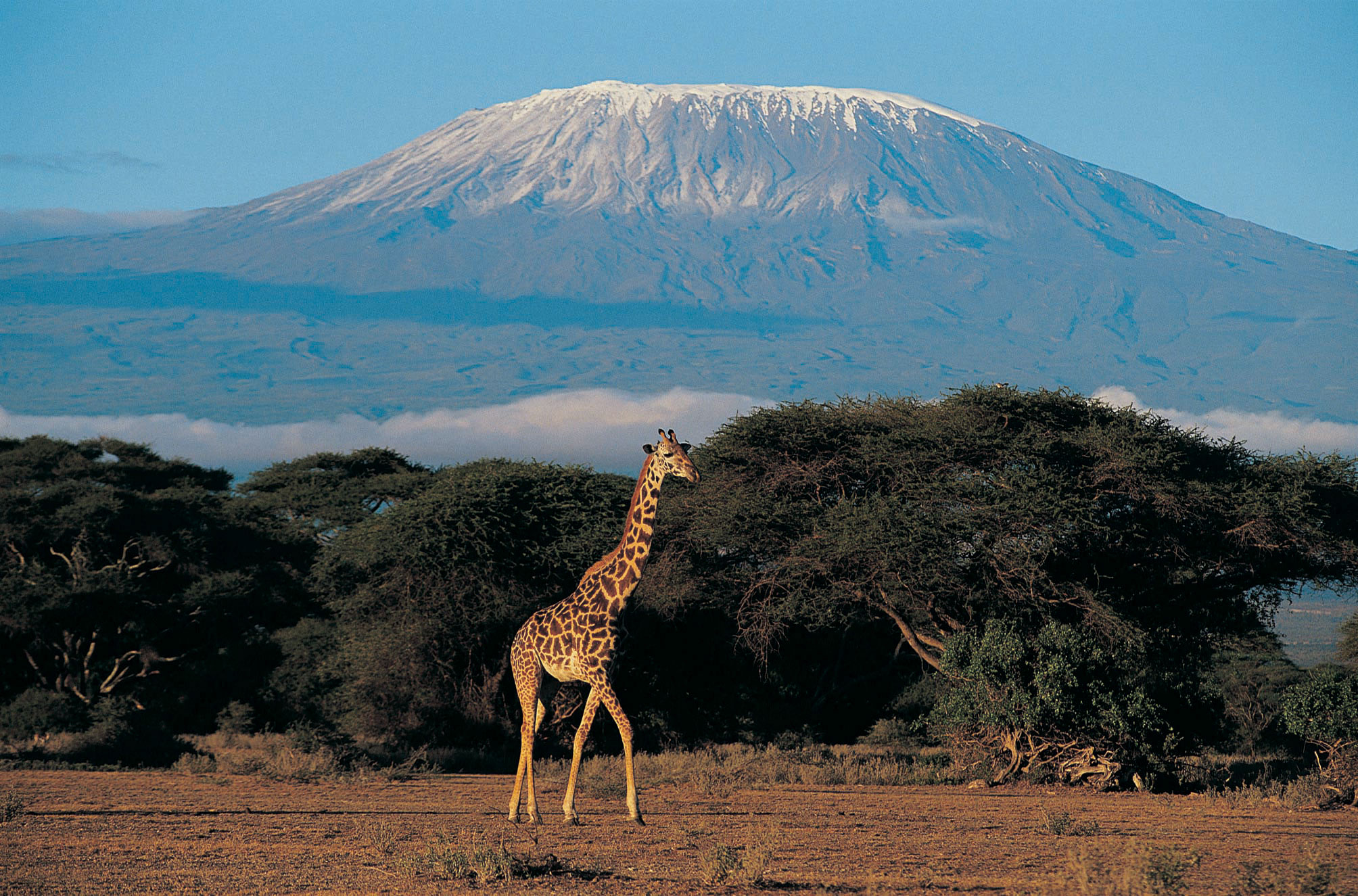1. What are the characteristics of physical place?
Physical place is a branch of geography relating to the natural features of the Earth. It focuses on the four spheres: atmosphere, biosphere, hydrosphere, and lithosphere. The characteristics of physical place include climate, landforms, flora, and fauna. Landforms, created by natural forces, show physical characteristics. Landforms are apart of the lithosphere, the solid, rock layer of the Earth. For example, a large hill that has sides much steeper than the surface surrounding, a mountain, is made through plate tectonics. Flora or plants define environments such as a tropical forest. Lack of plants can also define an environment. For example, in the desert, because there is not a lot of rain, very specific and adapted plants grow there, but in the tropical forests a lot of common and rare plants can grow because of all of the precipitation. The different types of climate cause different outcomes on the environment. For example, the angle of the sun to the Earth effects the temperature because the sun heats the ground that in turn heats the air. The ground will not get as much heat from the sun at an angle as opposed to straight on. Fauna shows clear connections between all of the characteristics of physical place. For example, the landforms effect the climate of a region, which effect the flora that grow in the region, which effects the animals that migrate to that region. All aspects of physical place connect and create the characteristics of our Earth today.

Kate Ainbinder
For extra information go to http://www.regentsprep.org/regents/global/themes/geography/index.cfm
Sources: Manual pg. 16 and Class Notes from September 21, 2015